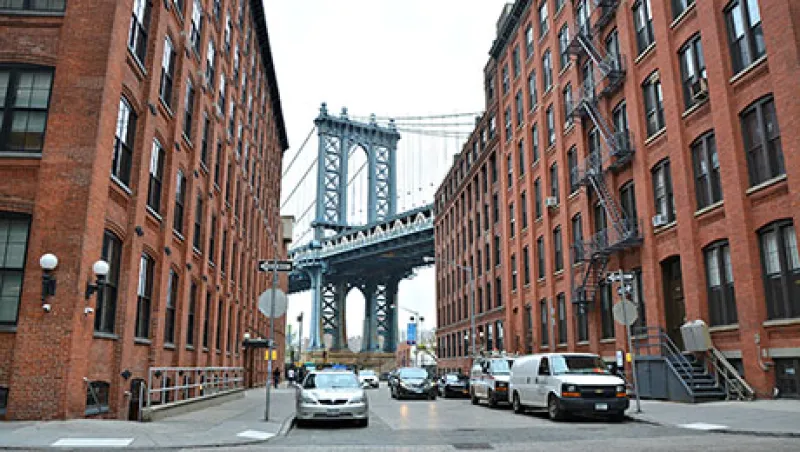It’s not even been a week in office and the Trump administration has already managed to send shivers of excitement through the arcane world of infrastructure investment with talk of new domestic projects. And in the same week, the Democrats introduced their own plan to rebuild U.S. roads and bridges that could amount to $1 trillion in spending.
Not surprisingly, asset managers with infrastructure teams are jumping on the renewed interest in the asset class, holding press briefings and webinars to provide clarity on the direction the new administration may take and how that could affect investors, the majority of which are public pension funds.
One of the first to see an opportunity was IFM Investors, which held a press briefing Wednesday afternoon in New York on the new president’s emerging policy and the kinds of projects that might result. Julio Garcia, IFM’s head of infrastructure for North America, and Tom Osborne, its executive director, led the discussion, covering basics such as why infrastructure is a good investment for pension funds. (The answer: It enables funds to match their long-term liabilities with long-term assets like bridges, tunnels, toll roads, and airports.)
“It’s as exciting a time in the infrastructure arena as I’ve ever seen,” said Osborne, who joined IFM in 2013 and is responsible for originating, analyzing, structuring, and executing projects. Garcia, who signed up with the Melbourne, Australia-based firm in 2008, moving to the New York office in 2014, explained that in the beginning “it was a challenge to get U.S. pension funds interested in this asset class.” Even today infrastructure represents less than 3 percent of U.S. pension funds that invest in the asset class. European, Canadian, and Australian pension funds are ahead of U.S. funds, in both years and the amount of assets, often with more than 10 percent allocations.
Garcia explained that IFM decided at its inception 20 years ago to use an open-end fund structure that provides a longer-term, more liquid investment with greater stewardship of assets than closed-end funds, which often have investment holding periods of four years and are more prevalent in infrastructure. “Not only do we not have a deadline to sell assets,” said Osborne, “we don’t have a deadline to buy assets” like closed-end funds. “This allows us to diversify across economic cycles,” he said. All $25 billion of its infrastructure investments, part of the $54 billion managed in total by the firm, are in OECD countries such as the U.S., the U.K., and Germany.
IFM, which is owned by 28 large Australian superannuation funds, holds 29 different assets in two funds that include both projects under construction and asset-recycling projects with existing facilities that need upgrade, maintenance, and repair, such as the $3.3 billion Indiana toll road, driven into bankruptcy by the financial crisis. IFM bought the highway in 2015 from Macquarie, another large Australian asset manager.
Both Osborne and Garcia see a future for what they term “U.S. pension-private partnerships” (a take on the public-private partnership, or PPP, model of infrastructure investing) that create a “virtuous circle” where owners are responsible stewards of the assets. “It’s really critical to balance the stakeholders’ interests,” said Garcia, adding that it helps to have a political partner who knows all the investors in a project.
With more than enough private and pension fund money waiting on the sidelines, the biggest challenge ahead is supplying the projects, concluded Osborne.
That’s a job for the politicians.






